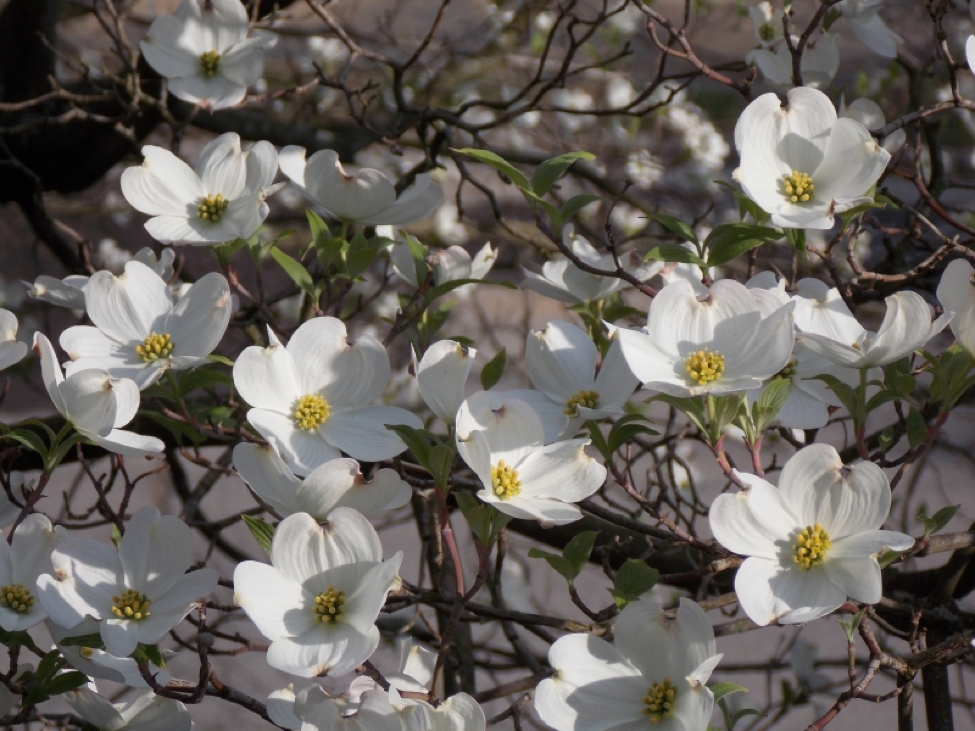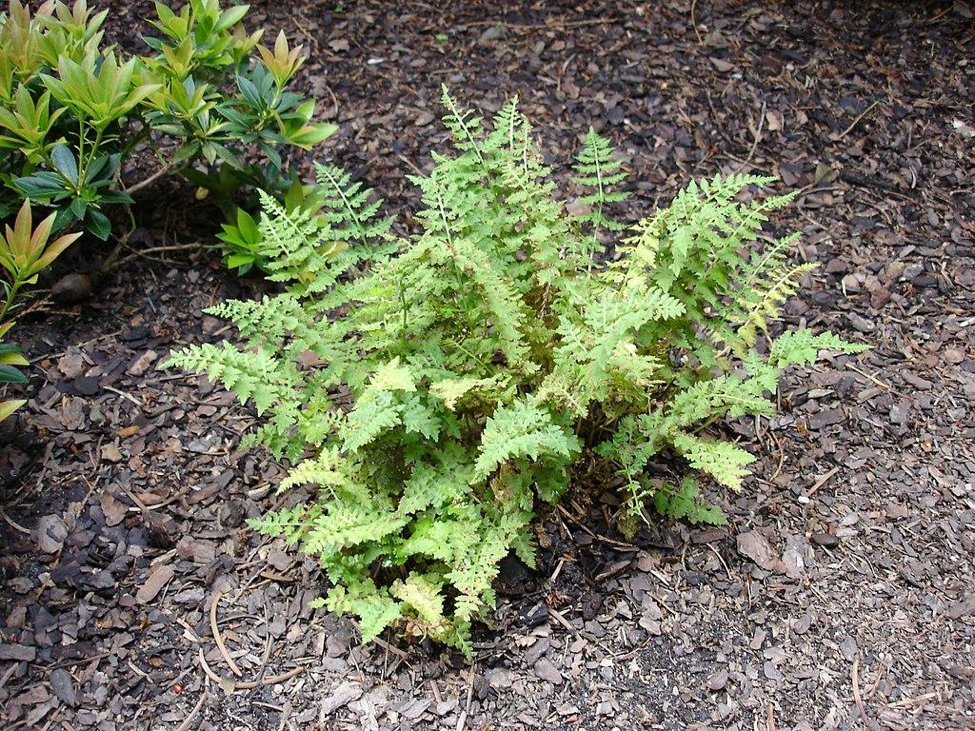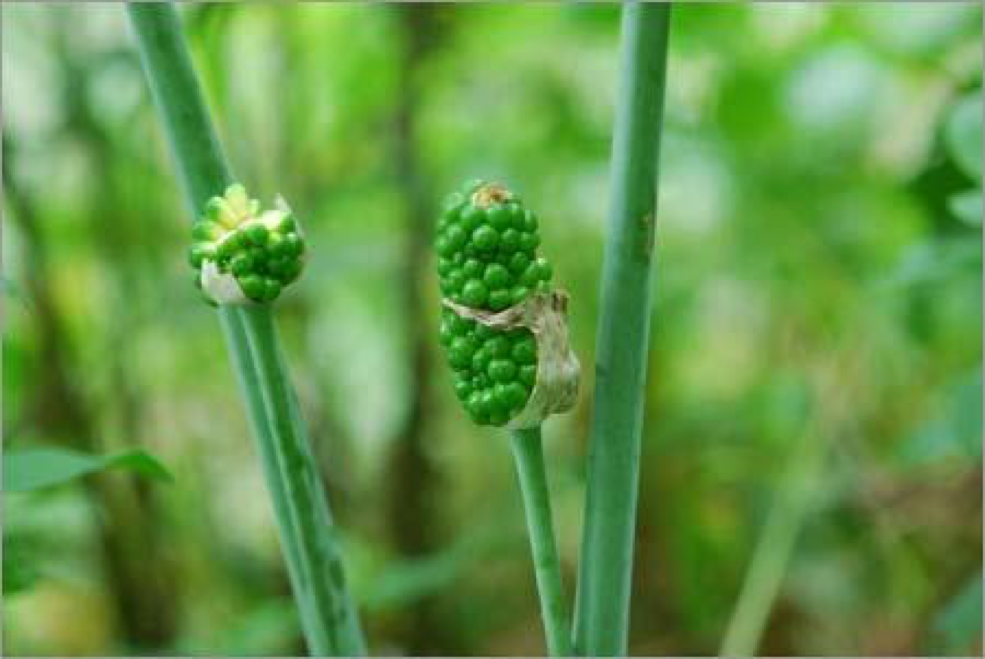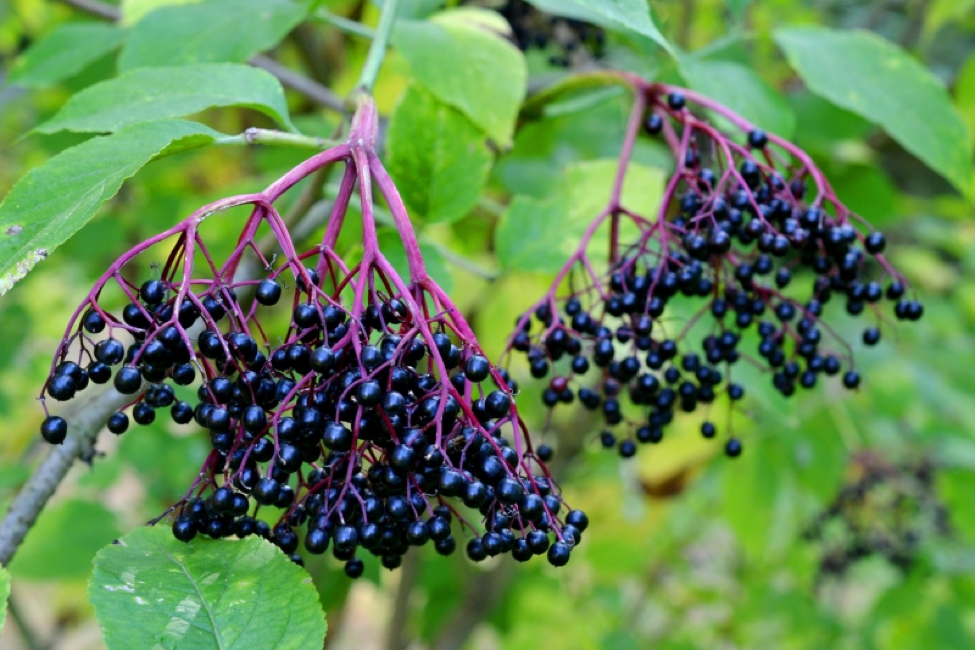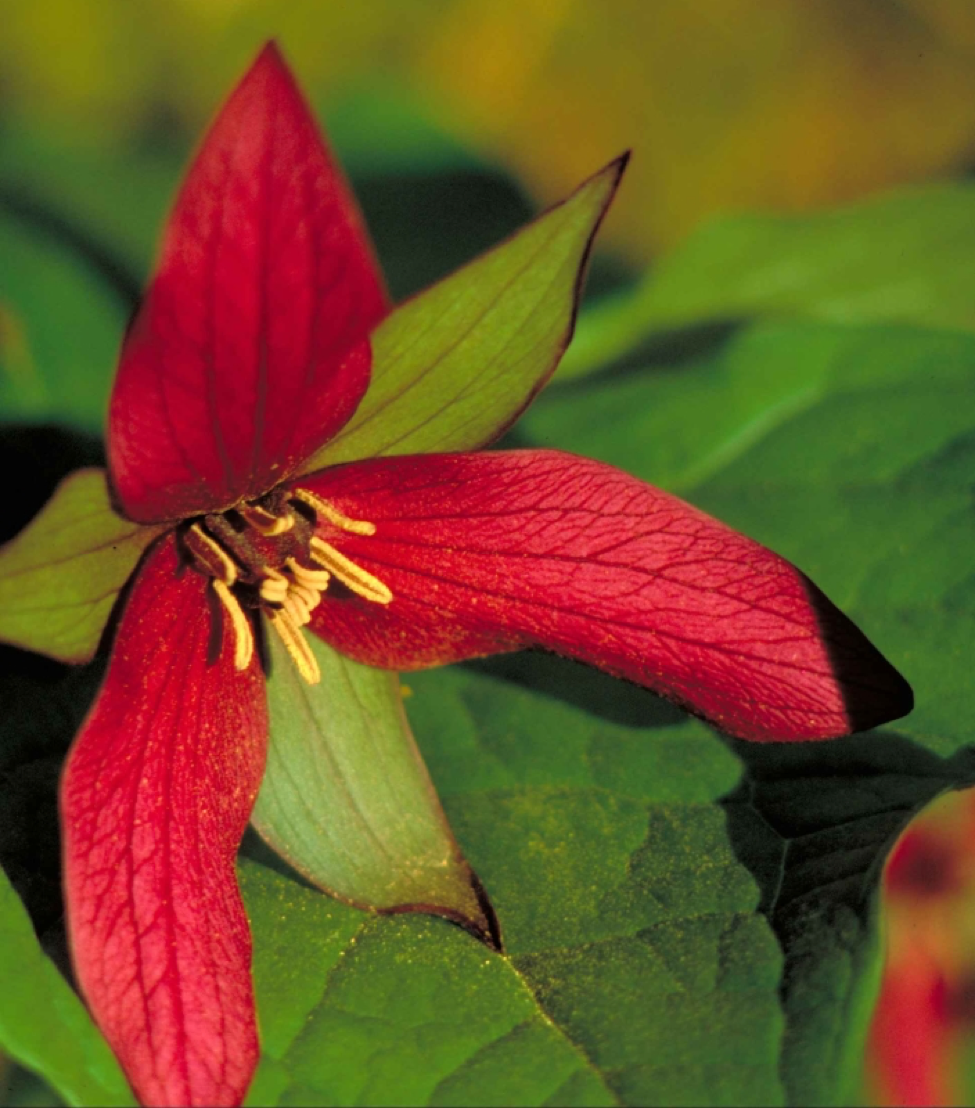The humid summer conditions and long dry winters of Columbus are ideal for many native plants. Large shrubs that grow in colonies can be seen along roadways and in large open spaces. A variety of ferns and wildflowers are also prevalent in the area and many of the berries can be used to make edible foods and drinks.
Use these plants in your new garden to promote local cultivation and growth of plants native to Columbus. Here are 5 native plants that you will see everywhere when you move to Columbus.
1. Gray Dogwood
Scientific name: Cornus racemosa
Moisture level: Dry-wet
Sunlight: Full-Partial
Height: 10-15 ft.
Width: 10-15 ft.
Coloring: White
Leaf type: Deciduous
Wildlife attraction: Birds and butterflies
The Gray Dogwood is a durable native shrub that features gray green leaves and white flowers that arrive in June. Birds are attracted to the white berries that it produces in late summer and the stems of the fruit last into winter weather. Gray Dogwood works well for borders or in groups in landscapes. This hardy shrub can sometimes be grown as a small tree and does well is dry to wet soil. It prefers partial shade to full sun and requires at least 4 hours of direct sunlight per day. The Gray Dogwood thrives in a variety of conditions and remain a long lasting native Columbus shrub.
2. Lowland Bladder Fern
Scientific name: Cystopteris protrusa
Moisture level: Moist
Sunlight: Partial-full shade
Height: 6-18 in.
Width: 6-18 in.
Coloring: Green
This non-flowering perennial fern grows easily in rich soils of average moisture levels. The Lowland Bladder Fern is a small variety that thrives in woods, valleys, and slopes. The plant features fine fronds with stems that easily break. The Lowland Bladder Fern grows in early spring and continues to spread throughout the summer. It can be a great ground cover in a garden and is fairly easy to grow. The fronds may turn brown during hot summers but new growth should be produced. This plant is perfect to use to fill in gaps in a garden or add a continuous green background.
3. Green Dragon
Scientific name: Arisaema dracontium
Moisture level: Moist
Sunlight: Full – Partial – Shade
Height: 1-3 ft.
Width: 1-1.5 ft.
Coloring: Light green, orange, red
Wildlife attraction: Birds
Green Dragon, also known as Dragon Root, is a perennial wildflower that features one main leaf that is divided into 7-15 leaflets at the base of the plant. One unusual flower is produced from the stalk which is a light green color that stands tall. The flower turns to red berries in midsummer which attracts birds. The Green Dragon does best in shady conditions that are along a water source. Mulching these plants is a good idea as they don’t like to dry out. The Green Dragon has few issues with insects and disease and would do well planted under a large tree to provide optimal shade.
4. Elderberry
Scientific name: Sambucus canadensis
Moisture level: Average – Wet
Sunlight: Partial shade-full
Height: 5-12 ft.
Width: 5-12 ft.
Coloring: White, black fruit
Leaf Shape: Narrow, small
Wildlife attraction: Birds, deer, and other mammals
The Elderberry, also known as American Elder, is a large native shrub of the Columbus area. It is a deciduous suckering plant that does well in average to moist soil. It can commonly be seen growing along fences, in thickets, or along Ohio roadsides. The Elderberry produces small lemon scented flowers that cluster together to form large flat blooms. These flowers turn to black berries in late summer which can be used to make jams, jellies, and wine. The Elderberry also attracts birds that feed off of the delicious fruit. This native shrub spreads by forming root suckers and many plants will grow together to form colonies. The Elderberry makes for a great hedge or barrier plant due to its large size and wide spread capabilities.
5. Red Trillium
Scientific name: Trillium erectum
Moisture level: Moist
Sunlight: Partial
Height: 12-16 in.
Width: 12 in.
Coloring: Red, light pink
Wildlife attraction: Birds and mammals
The Red Trillium, also known as Wake-Robin or Stinking Benjamin, is a striking native woodland wildflower in Ohio. The beautiful three petal blossom is a deep maroon, sometimes pink color that can also be white or light yellow in some varieties. This plant likes to grow on steep slopes and can be used to prevent erosion. The gorgeous blooms arrive in April and stay through May. The blooms make for a beautiful addition to any Columbus garden.
For more information about native plants, gardening, and lawn care in the Columbus area, visit LawnStarter Lawn Care.
